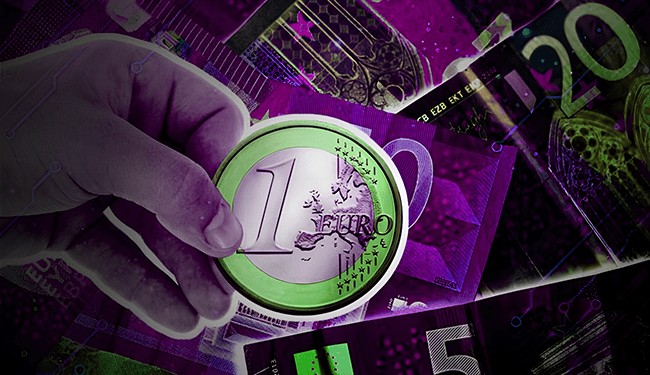时间:2024-03-14|浏览:367
As efforts continue to adopt a digital euro across Europe by the end of 2025, end users will have holding limits but businesses will not.

The European Central Bank (ECB) is moving forward with plans to launch a digital euro aimed at providing a pan-European digital payments solution to complement cash payments, according to ECB Executive Board member Piero Cipollone. Speaking at the Convegno Innovative Payments conference, Cipollone outlined the basic design choices and ideas behind the digital euro project, according to notes published on March 13.
As payment trends evolve, reflecting the growing preference for digital payments, the ECB seeks to make life easier by providing a public means of digital payments that can be used free of charge for any digital transaction in the euro area. Cipollone emphasized that the digital euro will bring cash-like characteristics to the digital world, including being available offline, free for basic use, respecting privacy, and having pan-European coverage.

However, some critics have raised concerns about the privacy implications of a digital euro. In a recent post, WalkerAmerica, host of the Bitcoin-focused Titcoin podcast, expressed doubts about the ECB’s statements on privacy:
“Europe plans to launch a digital euro CBDC from 2025, they claim it will be ‘private’ but it’s not true as Lagarde already wants to jail you for anonymous cash payments of over 1000 euros. Research#BitcoinAnd exit this totalitarian surveillance token.”
The slides released indicate that the digital euro is intended to be open to everyone, including individuals and businesses, covering all retail payment scenarios within the euro area that accept digital payments. Cipollone highlighted the current lack of a European digital payment method that covers all euro area countries, with 13 out of 20 countries relying on international payment solutions to resolve 69% of all digital transactions in the EU. The Digital Euro aims to fill this gap by providing a standardized digital payments platform across the euro area.
Addressing the issue of inclusion, Cipollone noted that digital euro payments can also be made via physical cards, with cash available for top-ups and withdrawals. Users will have access to face-to-face technical support and can easily switch intermediaries. Selected public entities will also provide intermediary services to unbanked users.
Data protection and privacy are said to be top priorities for the digital euro project. The European system will implement safeguards to ensure high data protection standards, including internal data segregation and auditing. Once ready and tested on large payment systems, innovative privacy-enhancing technologies will be implemented to promote higher privacy standards for digital euro users.
However, the crypto industry is not very optimistic about this either. For example, Bitcoin author Qunten Francois commented: “Cash is anonymous and uncensorable, but the digital euro is not.” In addition, in February this year, Cipollone spoke at the European Parliament’s Economic and Monetary Affairs Committee to allay concerns about the security of the digital euro.
The presentation also claimed that the digital euro would be distributed through regulated payment service providers (PSPs) to maintain a healthy balance between central banks and commercial currencies. PSP will exclusively distribute the digital euro to strengthen customer relationships and benefit from open standards. A digital euro rulebook, drafted with the participation of market participants, will establish common standards to ensure pan-European coverage and a harmonized payments experience, while giving markets the freedom to develop innovative solutions.

It’s worth noting that the slide above shows “holding limits” for end users, but still no limit for “businesses,” suggesting that there will be a limit on the number of digital euros that retail users will be able to hold, but not for companies limit. These features are intended to create "a healthy balance between central banks and commercial currencies," according to the presentation.
The Digital Euro project has passed an initial investigation phase (October 2021 to October 2023), focusing on concept definition, technology exploration and design proposals. The current preparation phase (November 2023-October 2025) includes finalizing the scheme rulebook, selecting service providers, learning through experiments, further research on offline functionality, and testing and go-live plans. The ECB will consider the decision to issue a digital euro only after the EU legislative process is completed. However, the document lays out plans for a potential launch in November 2025.

As the ECB presses ahead with its plans for a digital euro, the debate around privacy and potential surveillance continues. Critics like WalkerAmerica urge individuals to research Bitcoin and exit what they consider a “totalitarian surveillance coin.” The ECB will need to address these concerns and provide clear guarantees on data protection and user privacy to gain widespread acceptance of the digital euro. #欧盟 #CBDC









